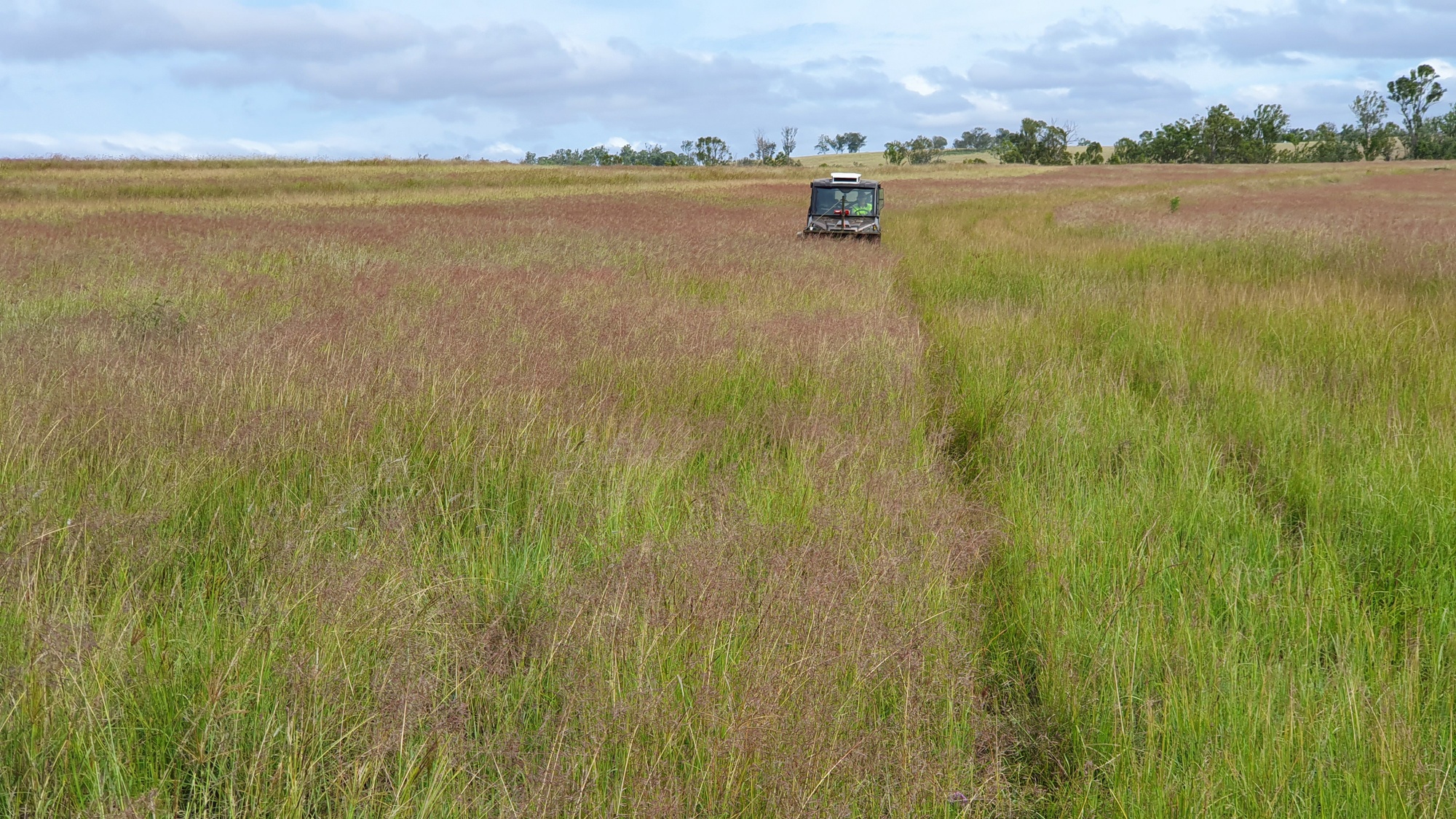Plant Profiles
Plant Categories
Subshrub
Trailing herb
Annual
Annual or Short-Lived Perrenial
Prostrate Shrub
Graminoid
Vine
Forb
Nitrogen Fixer
Grass
Tree
Shrub
Sedge
Wattle
Show All
14Genera
Acacia
Allocasuarina
Alphitonia
Alstonia
Angophora
Archidendropsis
Aristida
Arundinella
Astrebla
Atalaya
Atriplex
Austrosteenisia
Austrostipa
Banksia
Baumea
Bolboschoenus
Boronia
Bothriochloa
Brachychiton
Breynia
Callitris
Calotis
Capillipedium
Carissa
Cassia
Cassine
Cassinia
Casuarina
Chloris
Chrysocephalum
Chrysopogon
Clerodendrum
Corymbia
Crotalaria
Cymbopogon
Daviesia
Denhamia
Derris
Dichanthium
Dodonaea
Einadia
Enchylaena
Enteropogon
Eragrostis
Eremophila
Eriochloa
Erythrina
Erythroxylum
Eucalyptus
Eustrephus
Fimbristylis
Flindersia
Gahnia
Geijera
Grewia
Hardenbergia
Heteropogon
Hovea
Imperata
Indigofera
Jacksonia
Jasminum
Juncus
Kennedia
Lepidosperma
Lomandra
Lophostemon
Ludwigia
Lysiphyllum
Maireana
Melaleuca
Melia
Myoporum
Notelaea
Owenia
Pandorea
Panicum
Parsonsia
Paspalidium
Petalostigma
Petalostylis
Pittosporum
Podolobium
Pomax
Psydrax
Pterocaulon
Ptilotus
Pultenaea
Rhagodia
Rhodosphaera
Rhynchosia
Sarga
Schoenoplectiella
Schoenoplectus
Senna
Sida
Solanum
Sporobolus
Swainsona
Syncarpia
Themeda
Trema
Vachellia
Ventilago
Vittadinia
Show All
105Denhamia parvifolia
| Categories | ShrubTree |
| Common Name(s) | |
| Family | Celastraceae |
Description
"Shrub 2-3 m; branchlets striate." (Flora of Australia)
Striate refers to grooves in the stems of the branchlets. This feature is demonstrated in photography below.
We have described the taxon here as a tree or shrub since some natural specimens are recorded to 5m in height.
Notes
Denhamia parvifolia is included here because it is a taxon of local interest and should be used in local rehabilitation works. It is listed as Vulnerable under the Queensland Nature Conservation Act 1992, Nature Conservation (Wildlife)Regulation 2006 and also under the Federal Environmental Protection and Biodiversity Conservation Act 1999.
Plants of this nature should be used by councils and private citizens replanting natives around degraded bushland. Dry rainforest plants are amazingly adapted to dry soils and experience extreme competition for moisture much of the time. If planted at the time of seasonal rain they will quickly become self-reliant. Please investigate the link below to "Toowoomba Plants" covering this subject in some detail.
The use of such taxa as garden plants also aids conservation efforts. From gardens, seed may disperse, and of course general awareness of threatened species can be increased. Native fauna associated with native plants used in this way can also benefit.
Denhamia parvifolia may be difficult to find where it naturally occurs, and much study and patience will be required. The very small trees blend in effectively with surrounding vegetation. The fruits, though colourful are relatively small, as are the leaves. Sixteen locations known to the herbariums were visited around the South Burnett in aid of this webpage. It was discovered that a fair number of plants previously observed and recorded are now missing, or imminently endangered by more recent clearing, burning and other works.
A special mention is made here about the detailed botanical illustrations of the late Sylvia Seiler whose depiction of Denhamia parvifolia can be viewed below. The descriptions available for this taxon (date of writing, March 2021) are quite limited and Sylvia's obvious depiction steered our identifications in the correct direction. Some of her other illustrations are utilised on this website. Her work was compiled into a book (citation below) by Ross and Wilma Tait for the Chinchilla Field Naturalists’ Club in 2014 with the help of the Queensland Herbarium and the Bunya Mountains Natural History Association.
This page is motivated by passion for ecological conservation and it is this author’s deep sentiment that people, and the works of people such as those mentioned above, with their love of natural things, for the earth, for life and lifeforms are extremely valuable.
The case of Denhamia parvifolia demonstrates the value of roadside vegetation which remains neglected, in serious decline from weeds, fires which are fuelled by hot burning exotic grasses, legal and illegal clearing and herbicide poisoning. These plants could be protected, nurtured, and elevated in status.
Photography below includes images of branch tips with fruit and seed. Seedlings produced from this motherstock are also included. In this case, fresh seed germinated and developed very rapidly.
Historical Notes
Distribution
"Occurs in microphyll vine thickets from Eidsvold to Chinchilla and E to Kingaroy, Qld." (Flora of Australia)
Several collections are also recorded from a very small area at Rockhampton, Qld, in 1986, (National Herbarium of Victoria).
References and Related Links
https://profiles.ala.org.au/opus/foa/profile/Denhamia%20parvifolia
http://www.environment.gov.au/cgi-bin/sprat/public/publicspecies.pl?taxon_id=18106
https://www.southburnett.qld.gov.au/downloads/file/1451/denhamia-parvifolia
http://toowoombaplants2008.blogspot.com/2016/12/dry-rainforest-trees.html
Botanical Illustrations by Sylvia Seiler. Compiled by Ross and Wilma Tait for the Chinchilla Field Naturalists’ Club, 2014.
